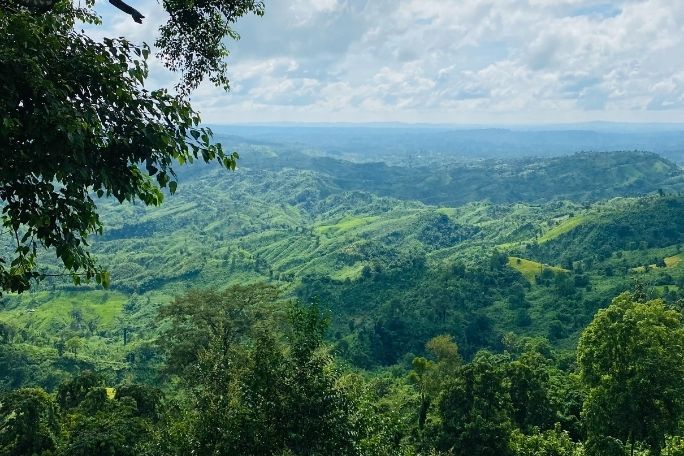Lesson summary
This lesson is designed for a flipped classroom, where students learn new content by watching a video in their own time. This strategy provides the opportunity for students to build their knowledge, attitudes and values by themselves, thereby freeing up class time for hands-on work.
Learning intentions:
Students will...
- understand how they can save energy
- recognise ways to motivate other people to save energy
- build their thinking and questioning skills.
Lesson guides and printables
Lesson details
Curriculum mapping
Australian Curriculum content descriptions:
Year 7 Science:
- Some of Earth’s resources are renewable, but others are non-renewable (ACSSU116)
- Science and technology contribute to finding solutions to a range of contemporary issues; these solutions may impact on other areas of society and involve ethical considerations (ACSHE120)
Year 8 Science:
- Science and technology contribute to finding solutions to a range of contemporary issues; these solutions may impact on other areas of society and involve ethical considerations (ACSHE135)
Year 9 Science:
- People can use scientific knowledge to evaluate whether they should accept claims, explanations or predictions (ACSHE160)
Year 10 Science:
- People can use scientific knowledge to evaluate whether they should accept claims, explanations or predictions (ACSHE194)
Year 10 Geography:
- The human-induced environmental changes that challenge sustainability (ACHGK070)
- The environmental worldviews of people and their implications for environmental management (ACHGK071)
Syllabus Outcomes: GE5-2, GE5-3, GE5-4. SC4-11PW, SC5-13ES, SC4-12ES.
Time needed: 20 minutes.
Level of teacher scaffolding: Low – allow students to explore the topic independently.
Resources required
- Internet
- Laptops and earphones
- Student Worksheet
Additional info
This lesson has been created in partnership with WWF-Australia. Earth Hour is the world’s largest community-driven climate change campaign. At the centre of Earth Hour is switching off lights to show a commitment to taking action. Thousands of teachers use Earth Hour’s education program to enrich their curriculum and provide pathways for young people to create change in their world.
For the most up to date Earth Hour dates, times, and events, check here.


Welcome back!
Don't have an account yet?
Log in with:
By signing up to Cool.org you consent and agree to Cool's privacy policy to
store, manage and process your personal information. To read more, please see
our privacy policy here(Opens in new tab).
Create your free Cool.org account.
Many of our resources are free, with an option to upgrade to Cool+ for premium content.
Already have an account?
Sign up with:
By signing up to Cool.org you consent and agree to Cool's privacy policy to
store, manage and process your personal information. To read more, please see
our privacy policy here(Opens in new tab).